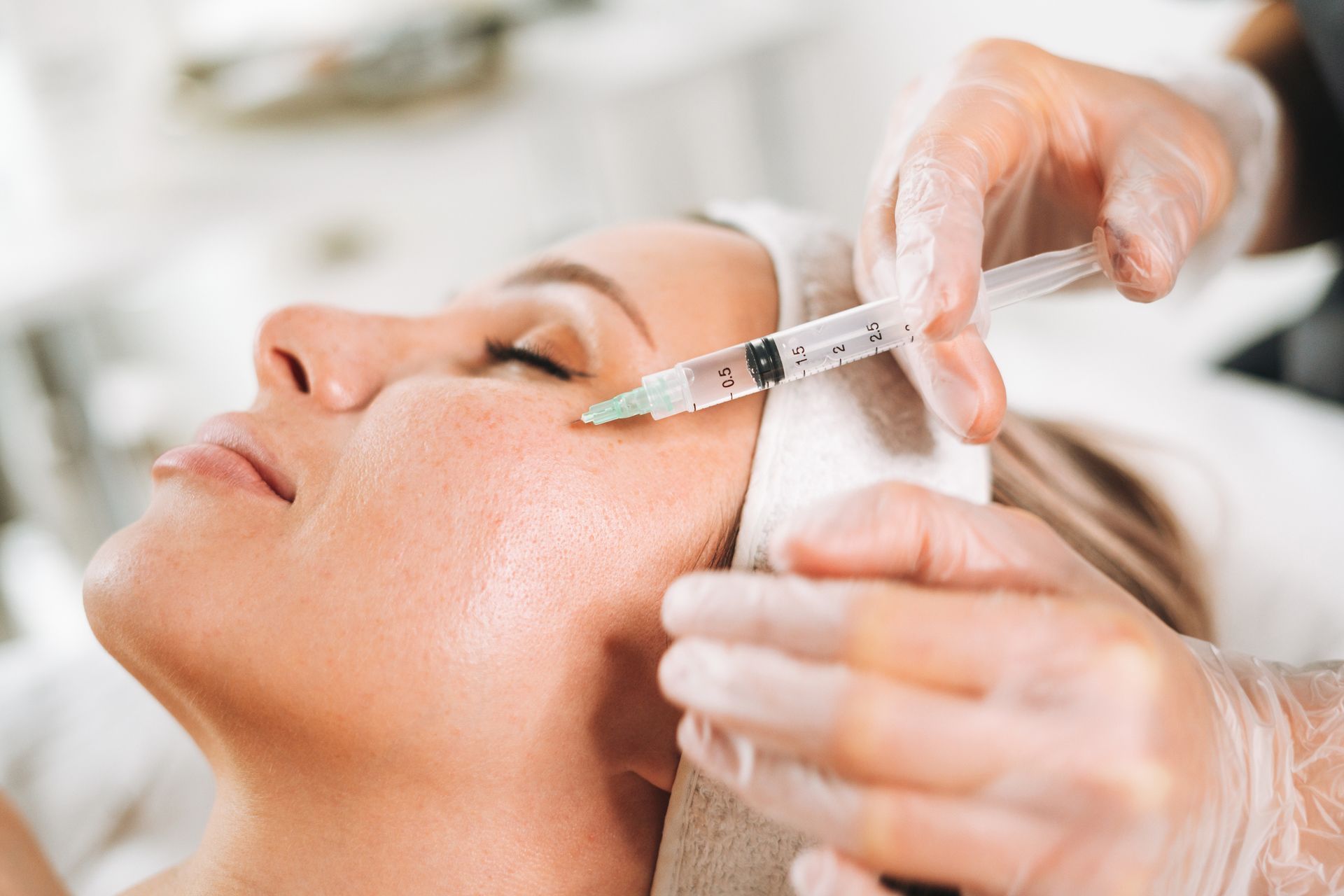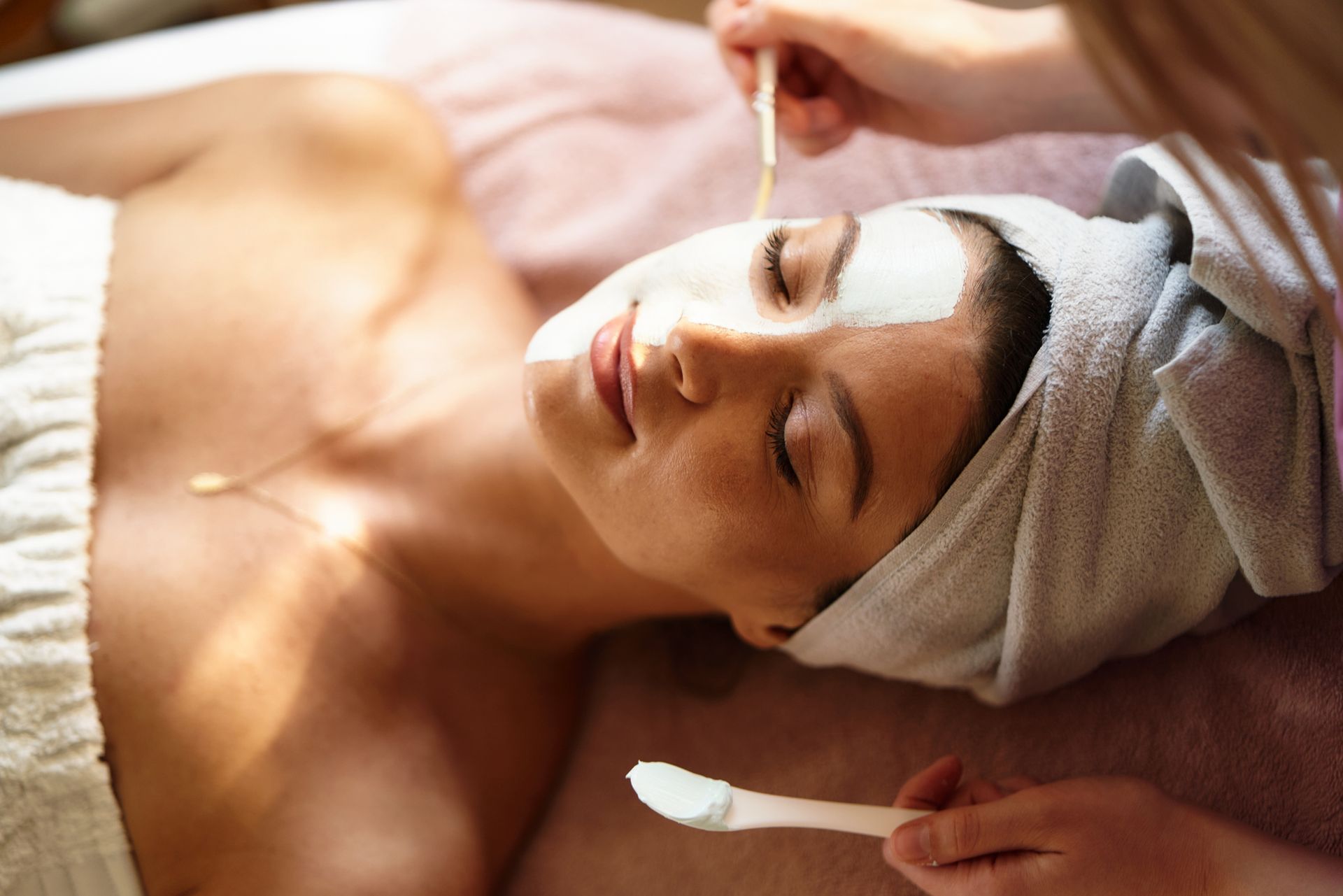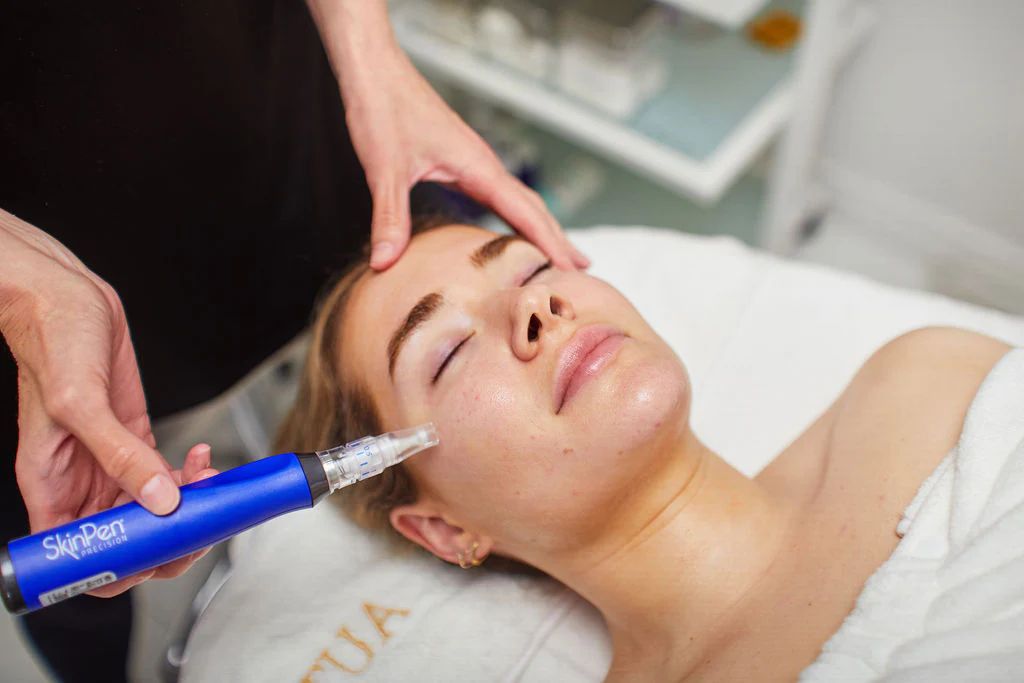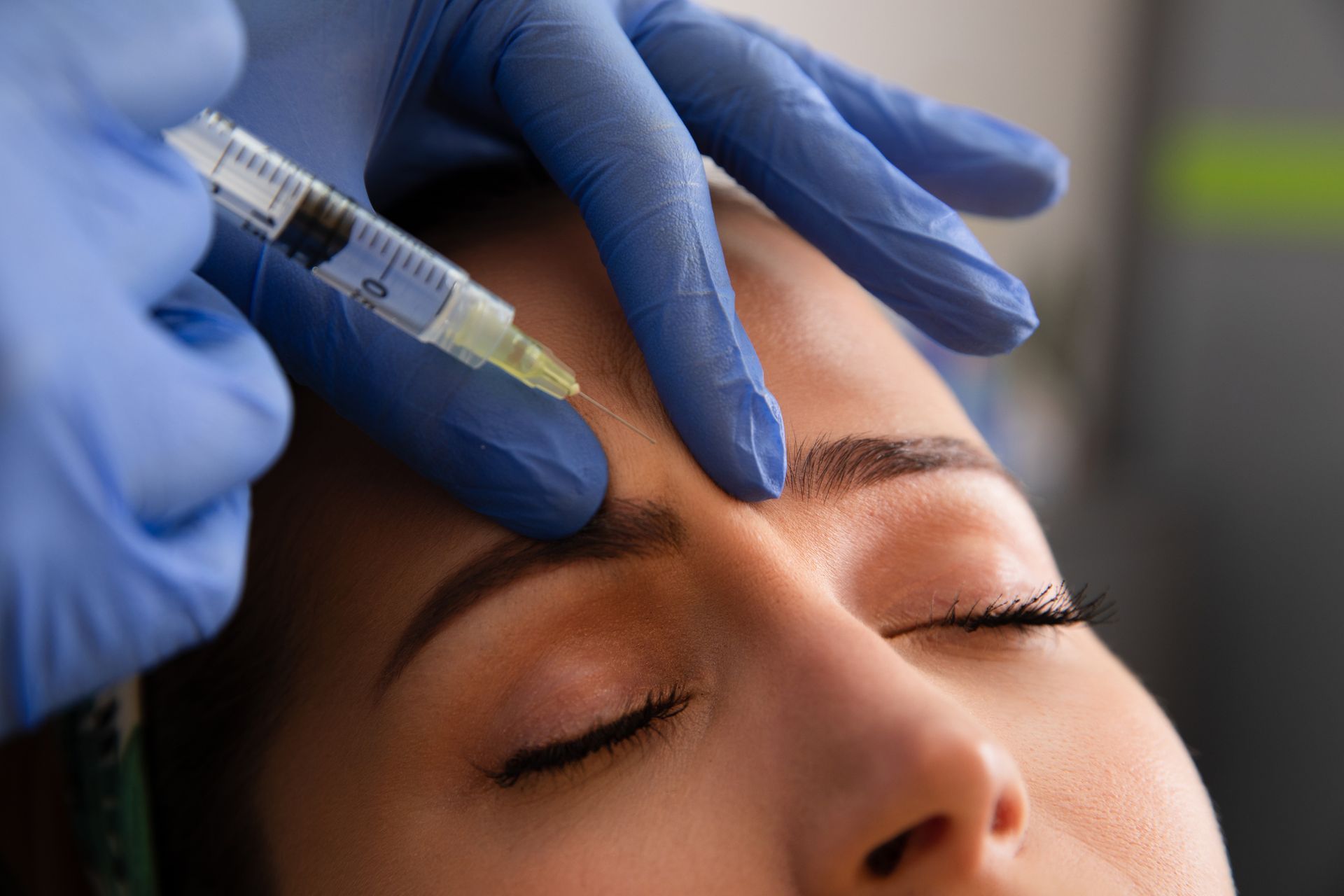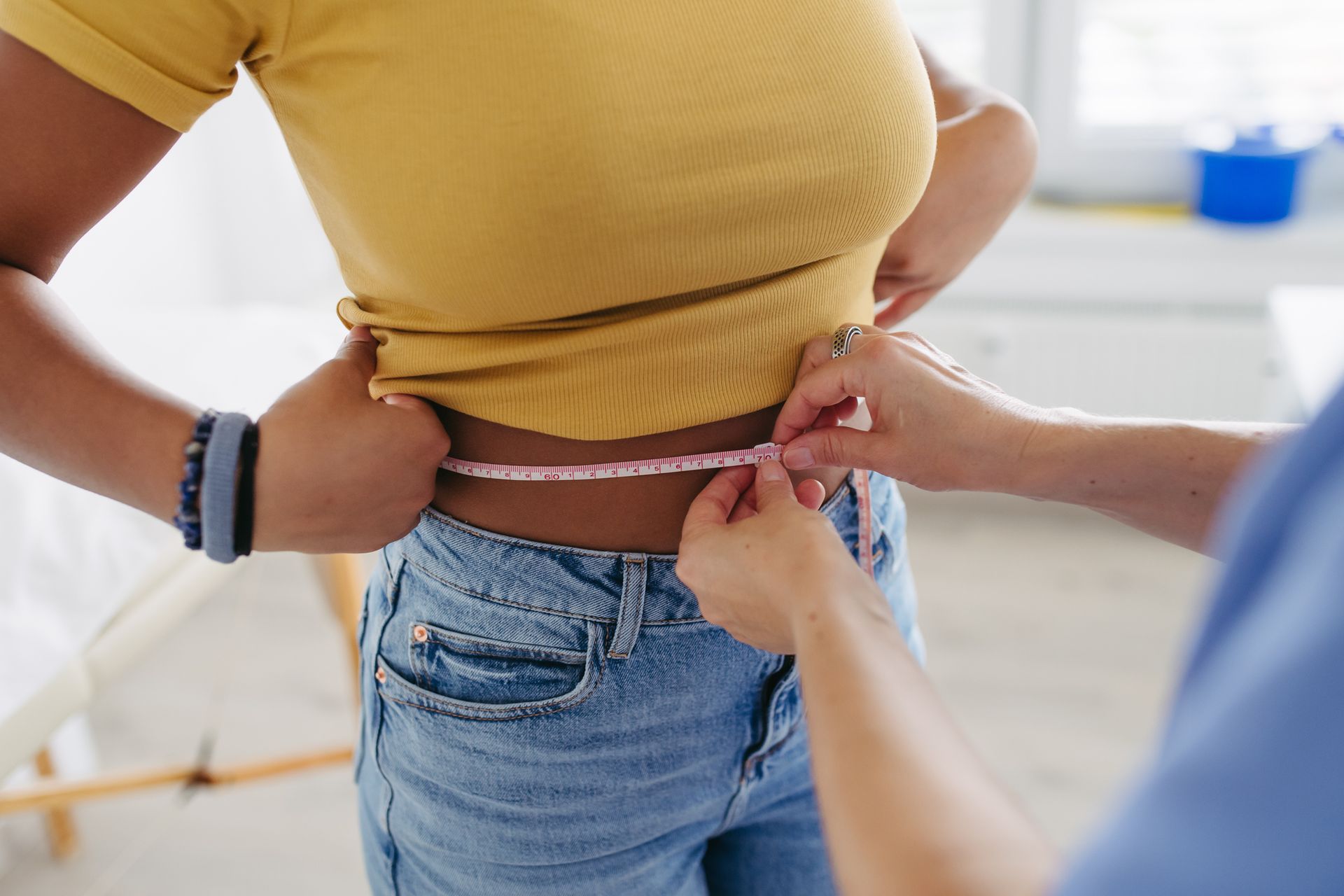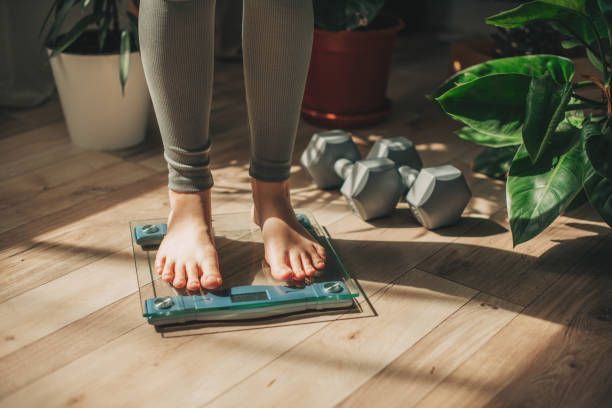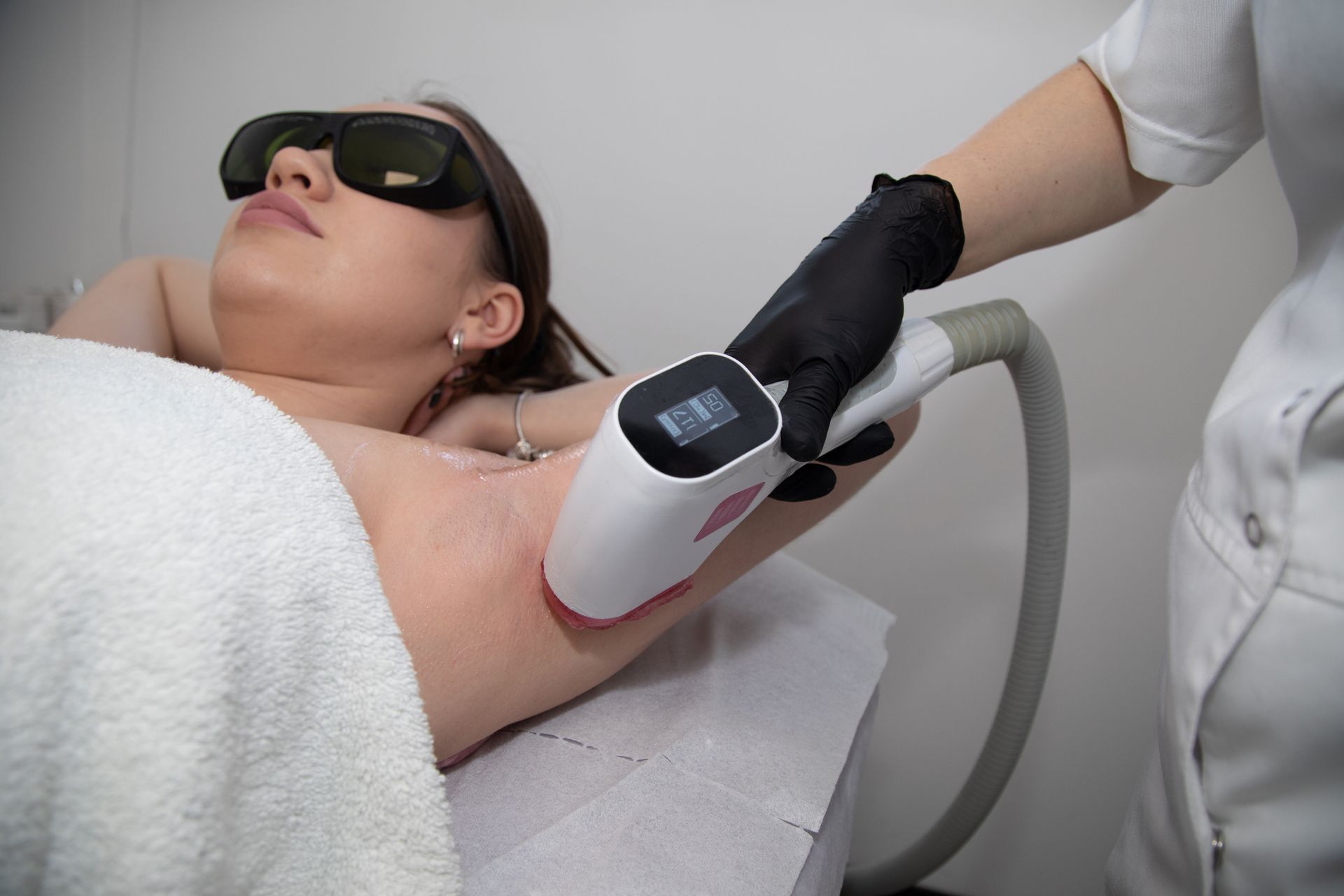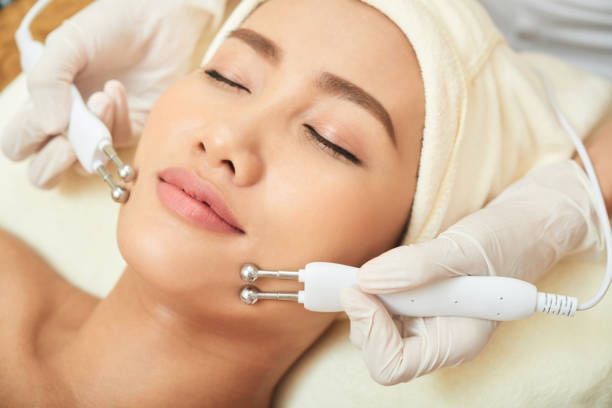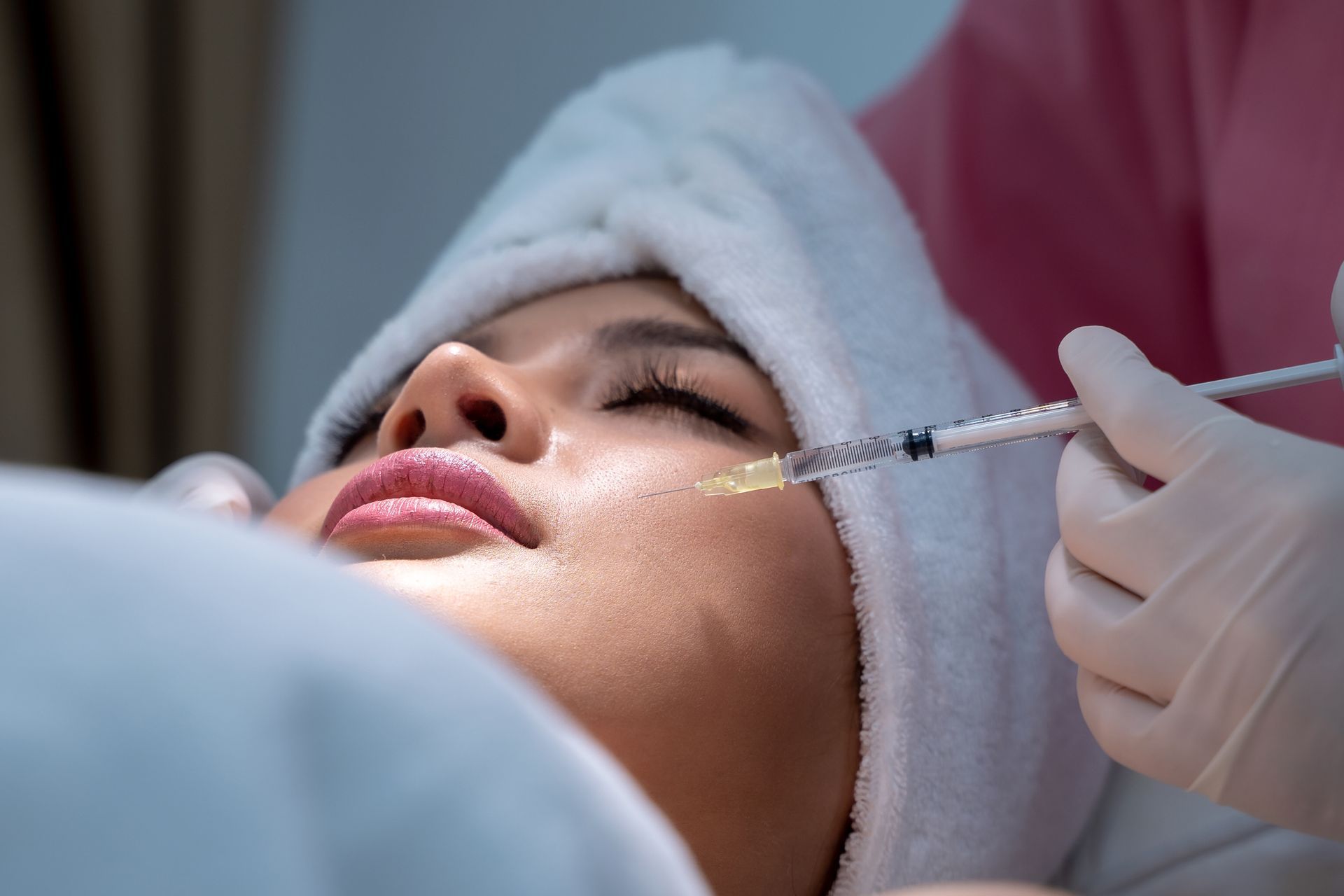The Liposuction Journey: From Preparation to Recovery
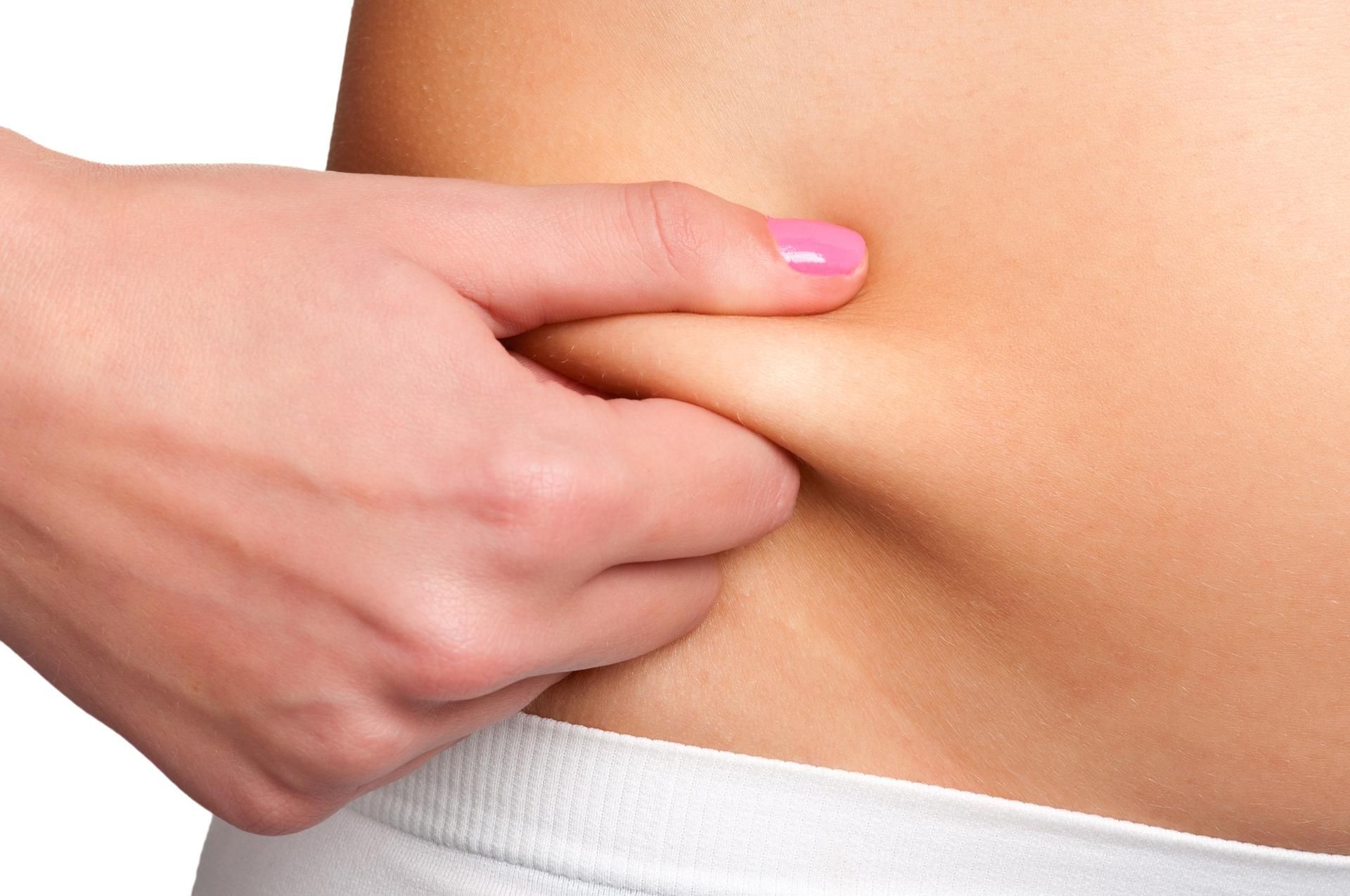
Liposuction, one of the most popular cosmetic surgical procedures, offers a solution to those seeking to remove stubborn fat deposits that don't respond to diet and exercise. While the allure of a more contoured physique is tempting, you should understand both the preparation leading up to the procedure and the recovery process afterward. Use this comprehensive guide to ensure you're well-prepared for every step of your liposuction journey.
Prepare for Liposuction
You usually have a few things that should be done prior to having a liposuction procedure.
Initial Consultation
Your journey starts with an in-depth consultation with your plastic surgeon. This discussion will cover your medical history, the reasons for wanting liposuction, and your desired outcomes. A physical exam will determine if you're a suitable candidate.
Lifestyle Adjustments
In the weeks leading up to the surgery, certain lifestyle changes might be recommended. These can include:
- Diet and Hydration: Eating a balanced diet and ensuring you're well-hydrated can aid in surgical recovery.
- Medication Review: Some medications and supplements can increase bleeding risks. Your surgeon might advise you to stop taking certain drugs before the procedure.
- No Tobacco and Alcohol: Both can interfere with your body's natural healing process. Limit or avoid these in the weeks leading up to your surgery.
Pre-Operative Instructions
A few days before the surgery, you'll likely receive specific instructions. These can cover everything from fasting the night before to bathing with a particular antiseptic soap.
Know the Liposuction Procedure
The procedure begins with anesthesia, either local or general, based on the extent of the treatment area and the patient's needs. Once the anesthesia takes effect, the surgeon makes small, strategically placed incisions in the target areas. A thin tube known as a cannula is then introduced through these incisions. The tube is attached to a vacuum device, and as it is moved back and forth, it dislodges fat cells, which are then suctioned out.
There are different techniques in liposuction, like tumescent, ultrasound-assisted, and laser-assisted, each with its unique approach but all striving for the same outcome: the safe removal of fat and the sculpting of a more desirable body shape.
Navigate the Recovery Process
You'll receive specific instructions for how to recover from the procedure after you are sent home. Learn about some common things you can expect in order to care for yourself.
Immediate Aftercare
Immediately after the procedure, you'll be taken to a recovery room for monitoring. Once you're stable, you can usually go home the same day, but you'll need someone to drive you.
Discomfort Management
Some pain, swelling, and bruising are normal. Your surgeon will prescribe pain medication to manage discomfort. Wearing compression garments can also help reduce swelling and support the treated areas.
Activity Restrictions
For the initial few days, simply rest and recover. While light activities like walking can be resumed fairly quickly, more strenuous activities, including heavy lifting and intense workouts, should be avoided for several weeks.
Follow-Up Appointments
Post-operative check-ups allow your surgeon to monitor your recovery. These visits are an opportunity to address any concerns, remove sutures if necessary, and ensure everything is healing as it should.
Long-Term Care
While liposuction removes fat cells permanently, it doesn't prevent new ones from forming. To maintain your results, adopt a healthy lifestyle. This includes a balanced diet and regular exercise.
Liposuction can be a transformative procedure, offering enhanced confidence and a more contoured physique. However, understanding and being prepared for the entire process is paramount. With the right preparation and aftercare, you can ensure the best possible outcomes from your liposuction procedure. Contact Ageless Rejuvenation Center if you have questions about getting liposuction.
